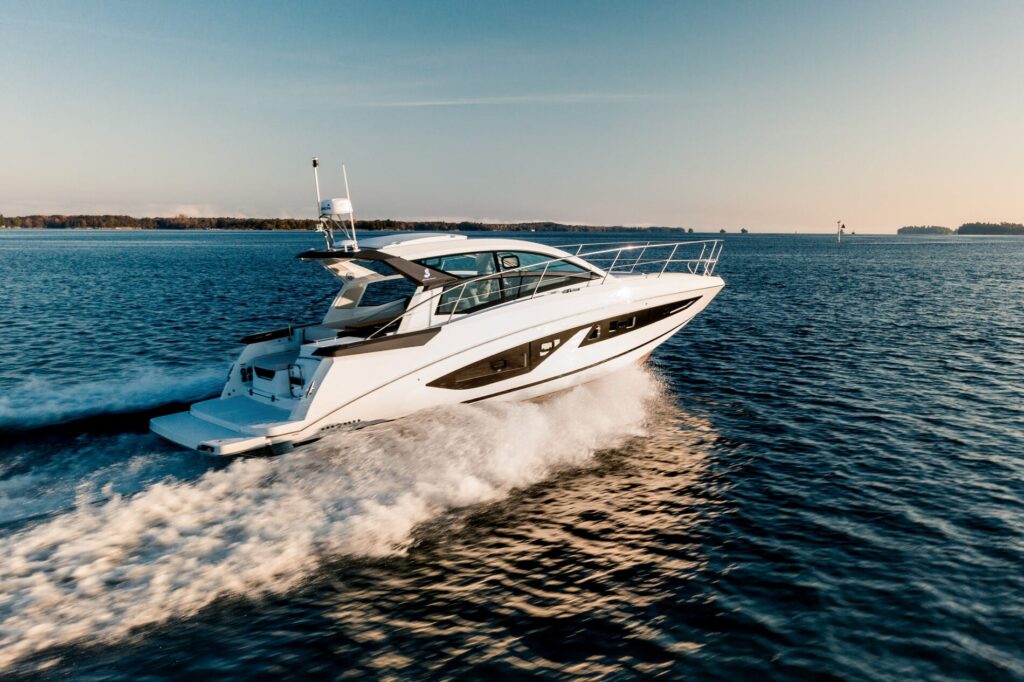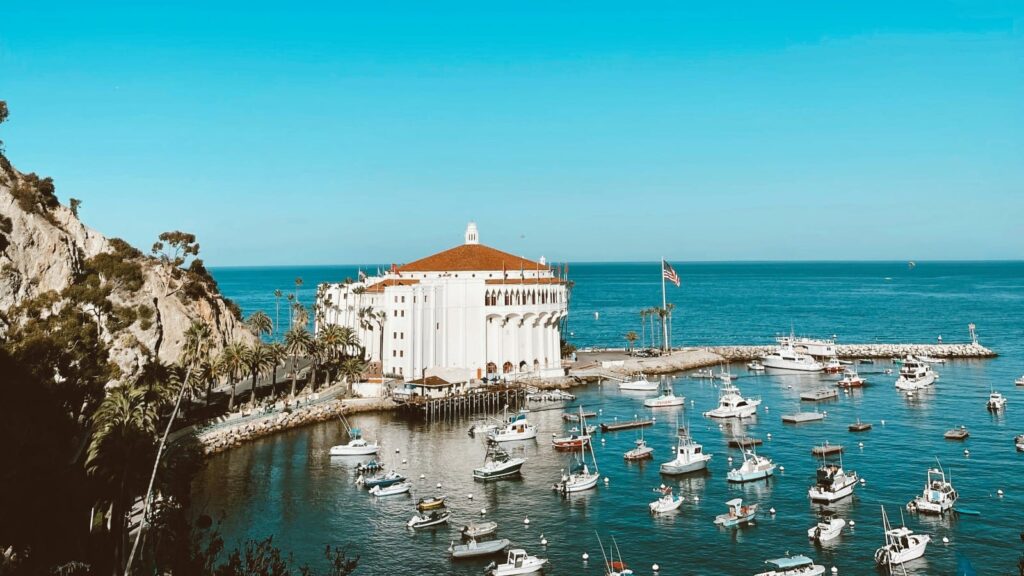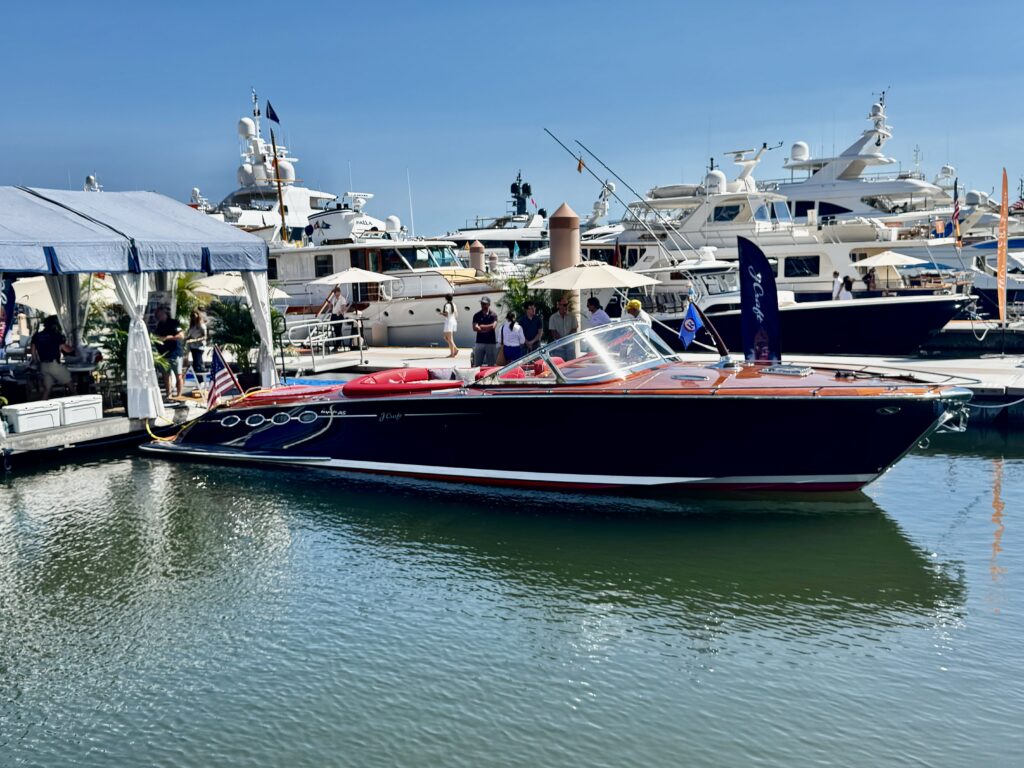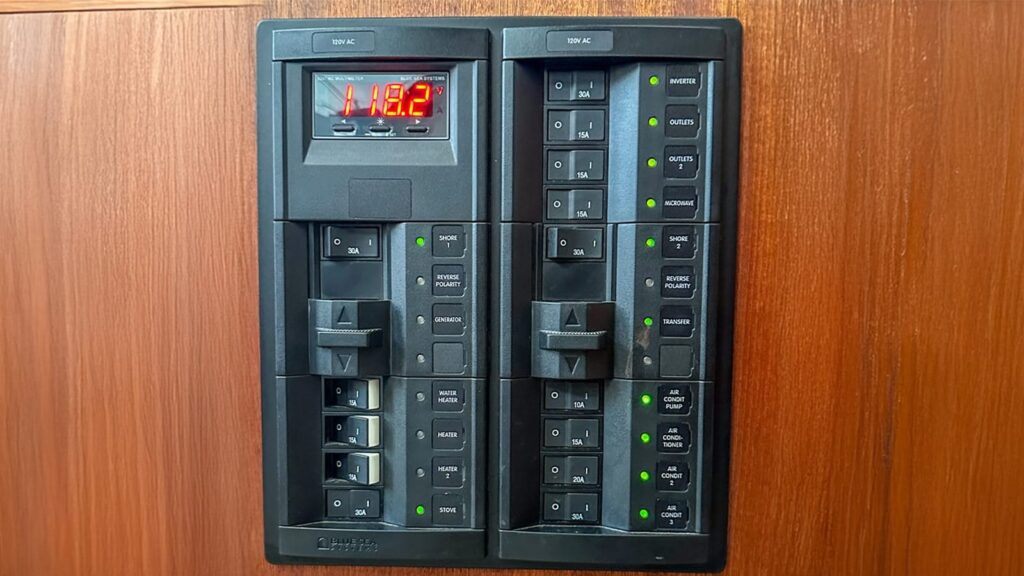Pilar: The Soul of Hemingway’s Adventures
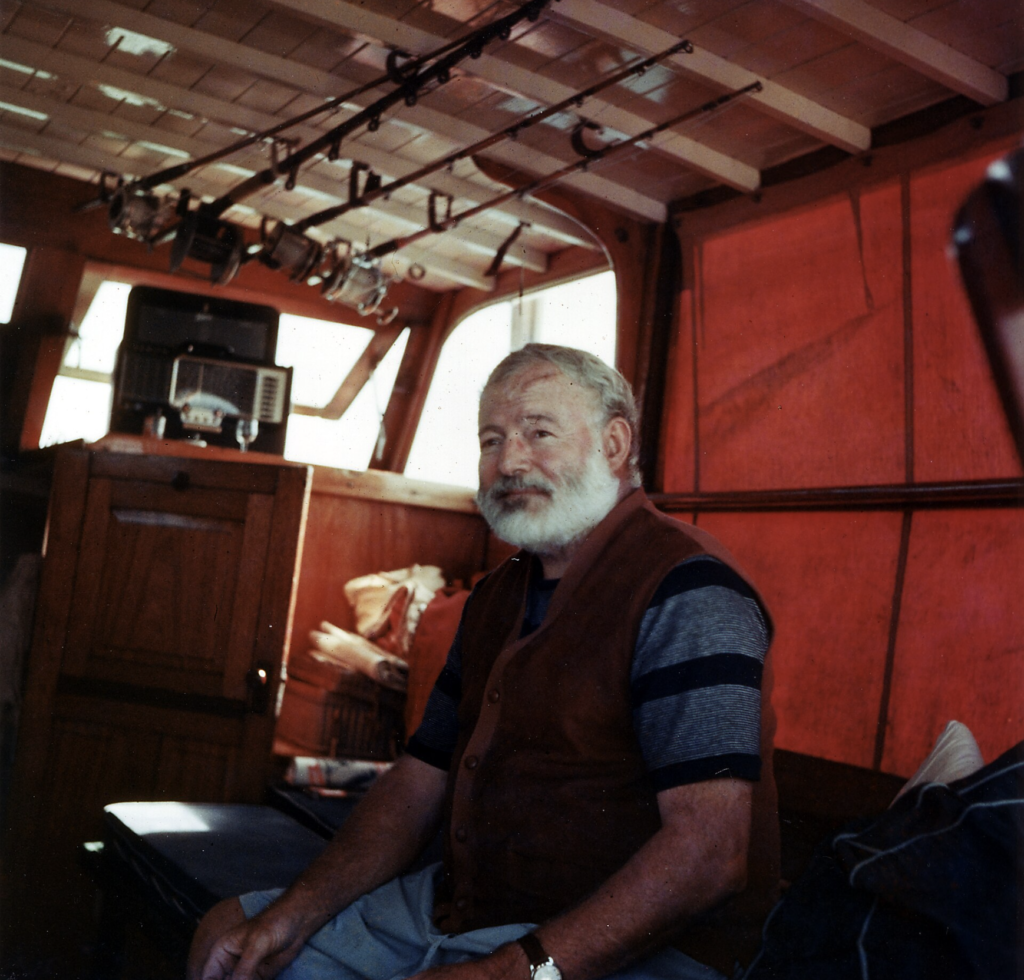
By Zeke Quezada
Every few months, when I get busy and I don’t get to sail, I start thinking about getting rid of my boat. We have a Ranger 33 that we’ve had for about 20 years. My kids grew up on that boat. We have endless memories on “Summer Wind,” and sailing is woven into the fabric of our family.
A boat defines who we are. A boat has shaped our lives.
My boat often reminds me of Ernest Hemingway’s boat and how his passion for the water crafted his own narrative.
If you’ve ever strolled through the Ernest Hemingway Home & Museum in Key West, Florida, you’ve likely felt the magnetic pull of the life he lived there. For me, beyond the famous cats and the tales of his storied career, there’s an unmistakable presence that looms large: Pilar, Hemingway’s beloved fishing boat. For me, the allure was so powerful that I walked out of the museum gift shop clutching a poster of Pilar’s original purchase order. A tangible reminder of Hemingway’s adventures and the inspiration I had drawn from them.
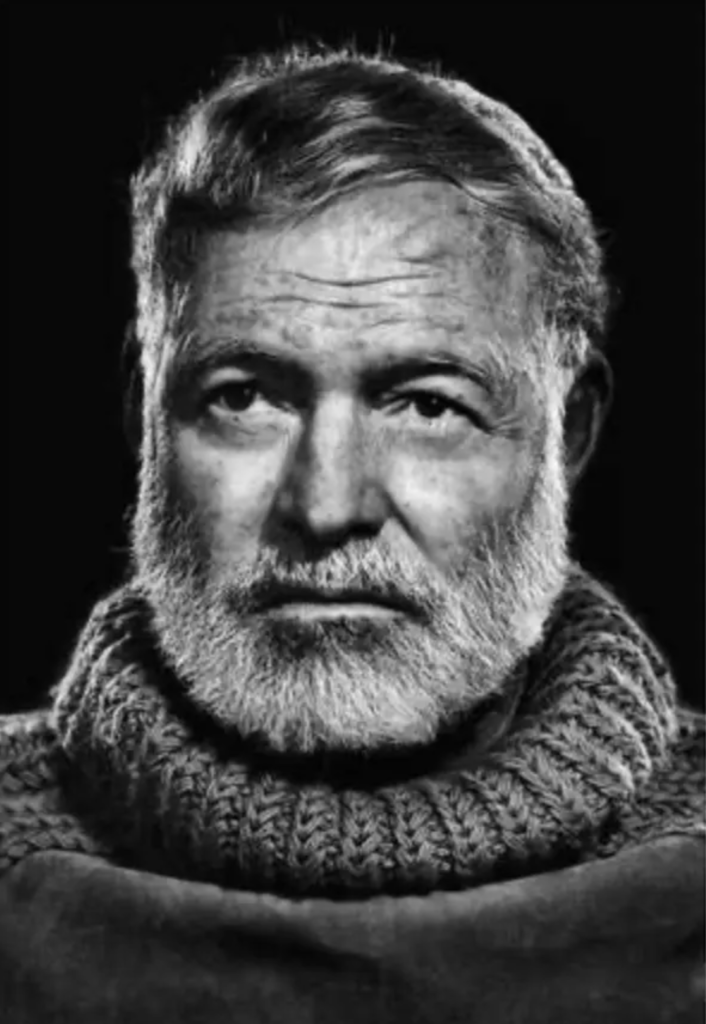
Pilar was no ordinary boat. Commissioned in 1934, this 38-foot Wheeler Playmate became a cornerstone of Hemingway’s life. The name, borrowed from the heroine of For Whom the Bell Tolls and a nickname for his second wife, Pauline, reflected the intertwining of his personal and creative worlds. The boat was Hemingway’s muse and sanctuary, a place where he could escape the pressures of fame, revel in the primal thrill of deep-sea fishing, and even shape some of his most enduring stories. Read Islands in the Stream or To Have and Have Not, and you can picture Pilar as the central figure in that story. Anyone with a boat and who spends ample time on the water has a relationship with their vessel that transcends the materialistic qualities of the things we own.
In a strange way, being a boat owner makes me feel more like Hemingway than does writing a quick sentence or publishing a clever article.
Hemingway’s Boat: A Deeper Dive
It wasn’t until I read Paul Hendrickson’s evocative book, Hemingway’s Boat: Everything He Loved in Life, and Lost, 1934-1961 that I truly understood Pilar’s significance. Hendrickson masterfully weaves a narrative that places Pilar at the heart of Hemingway’s life. The boat becomes a lens through which we see the writer’s passions, his struggles with fame, and his battles with inner demons.
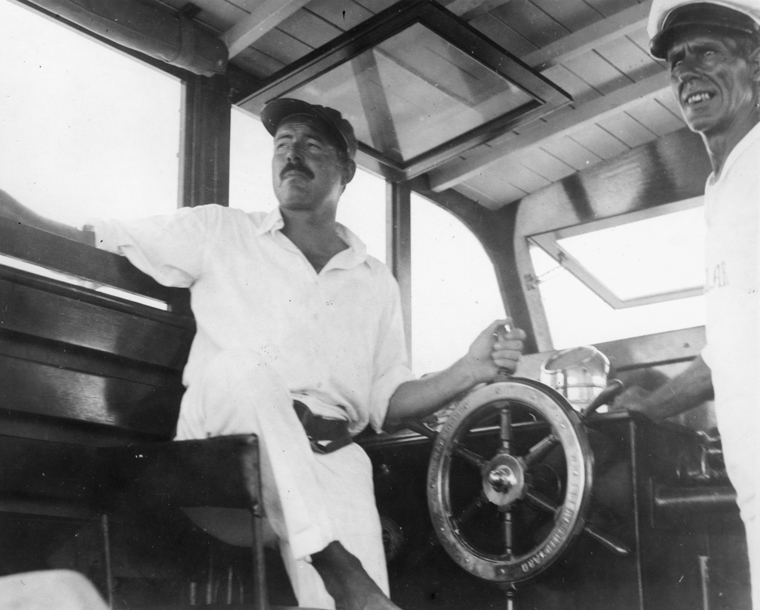
Hendrickson reveals how Pilar was more than a tool for angling marlin in the Gulf Stream—it was Hemingway’s refuge from a world that often misunderstood him. On its deck, he hosted friends, contemplated stories, and fought his greatest fish, all while battling his personal insecurities and the weight of his growing legacy.
Recounting a story of fighting a fish on the deck of a boat, and you can imagine the characters from Islands in the Stream as they battle the great fish. The boat was just as much a part of the anguish as was the fish that they were battling. The boat is what brought most of the pain together and kept it at bay. The boat is where, inevitably, the sorrow of the story remains.
Pilar inspired much of Hemingway’s work. Most notably, The Old Man and the Sea channels his fishing experiences and the intimate connection between man and nature. The novella, which won the Pulitzer Prize, is a testament to Hemingway’s belief in perseverance and grace under pressure, themes born out of his days aboard Pilar.
Beyond literature, Pilar became a cultural symbol of Hemingway’s adventurous spirit. Preserved today at Finca Vigía, his home in Cuba, the boat is a physical relic of his life on the water. Visitors flock to see it, drawn by its storied history and its place in the Hemingway mythos.
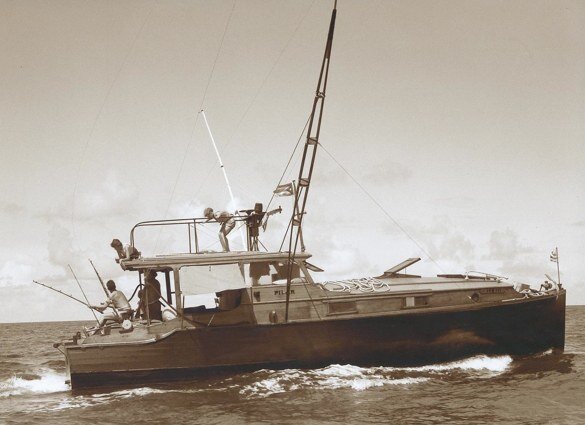
As a writer, Hemingway lived and breathed his experiences, translating them into stories that felt raw and real. Pilar was the vessel—literally and figuratively—that carried him to those experiences. It was a place where he could explore his deepest thoughts and test his physical limits. For those of us who admire his work, Pilar represents the ultimate marriage of life and art.
Now, as the Pilar poster hangs on my wall, I find myself reflecting not just on Hemingway’s legacy but on what it means to live a life infused with passion. The image of Pilar reminds me of Hemingway’s pursuit of adventure and his determination to channel that energy into the writing that has maintained a place in modern-day literature.
In the end, Pilar isn’t just a boat—it’s a symbol of the journeys we take in life, both literal and creative. Hemingway may have been at the helm, but the lessons Pilar imparts belong to all of us.
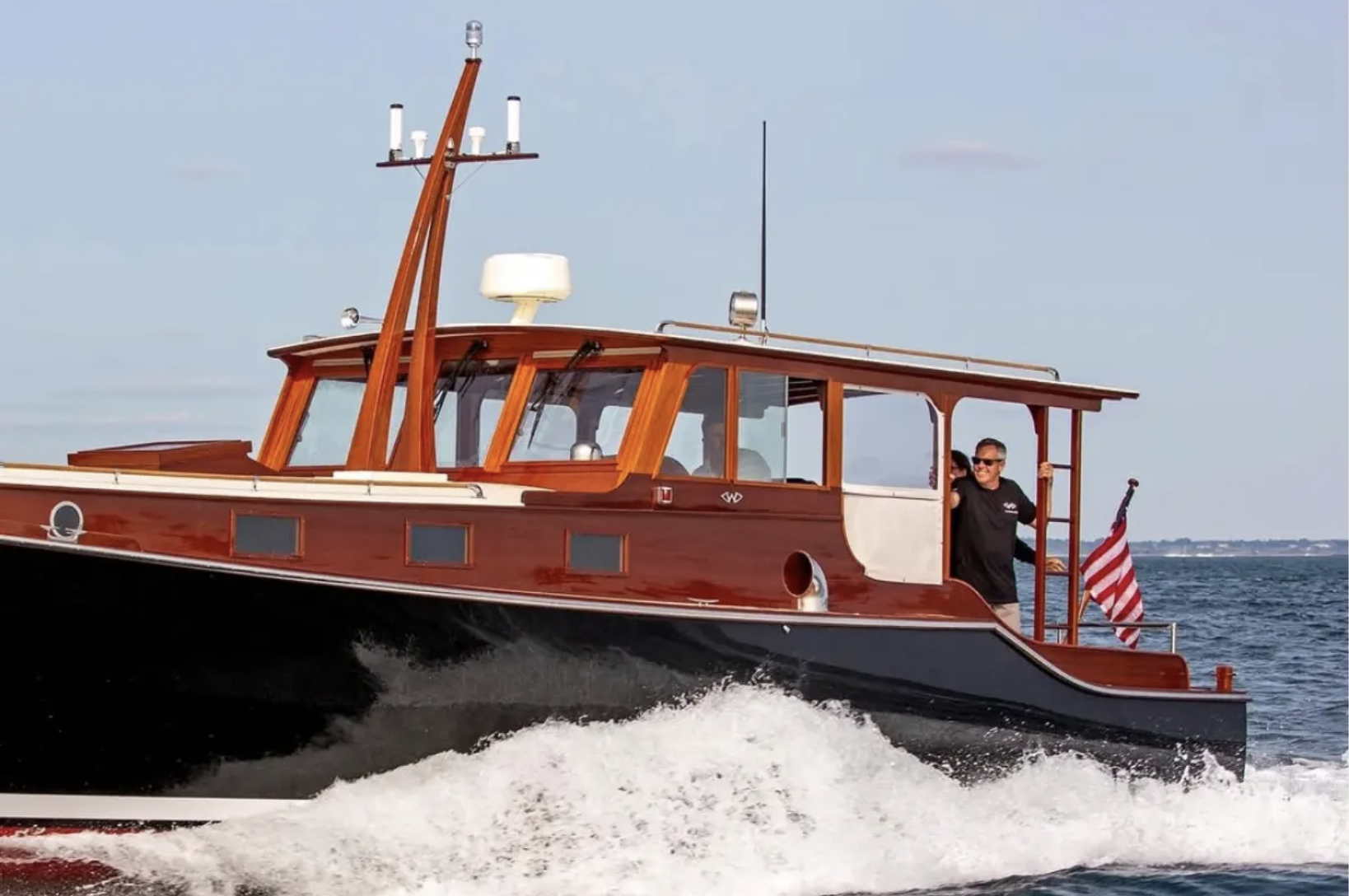
Image of Pilar replica by #wheeleryachtcompany

